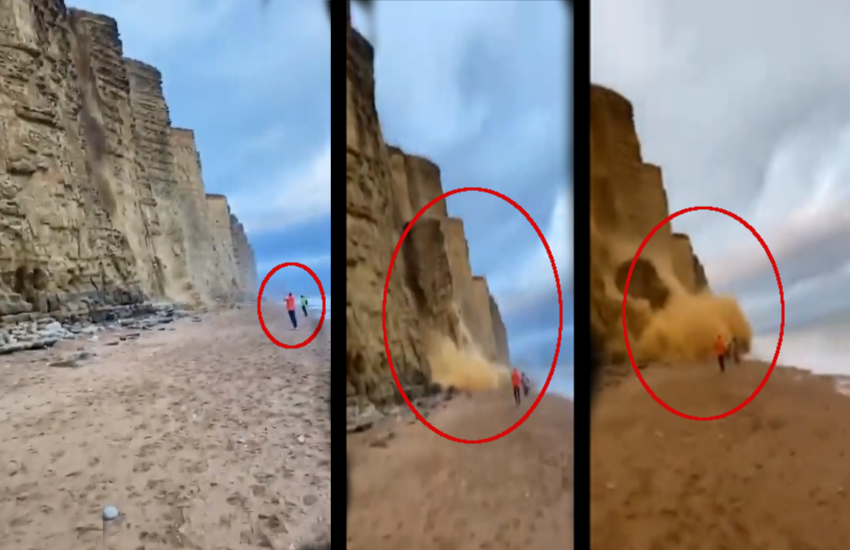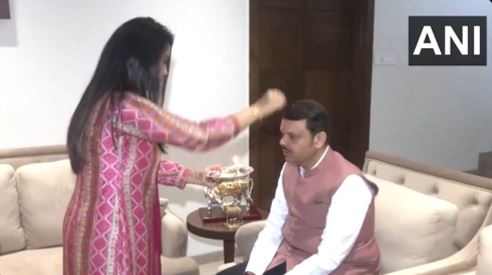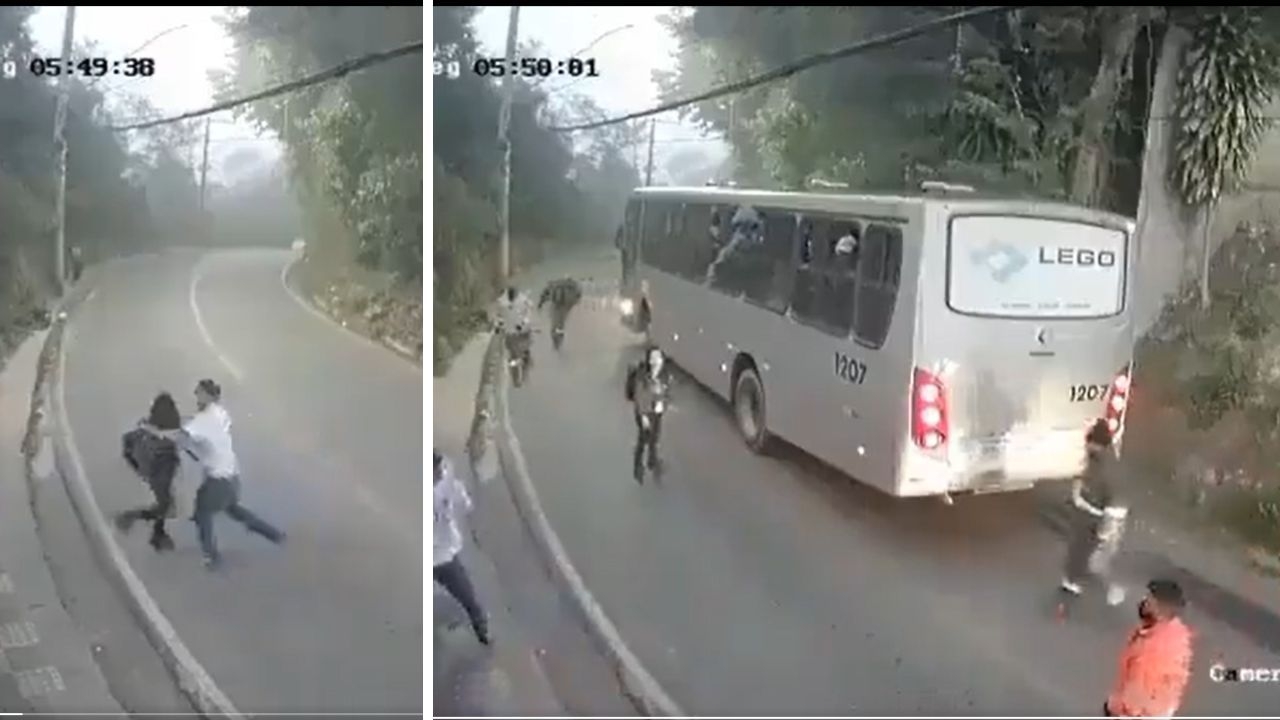Why the silent Marathas deserve a hearing

The Maratha community seems to have launched its biggest guerrilla war ever. Lakhs of Marathas are out on the streets of Maharashtra, waving Chhatrapati Shivaji's saffron flag, but no one knows who is leading them. It is almost as if the entire formation has been designed in a way that it conceals the leadership and strategy behind the protests.
They march through cities and towns, armed just with their silence and their numbers. And after the protest is over, volunteers come and clean the streets.
The vanguard of the army of protestors, under the banner of the Maratha Kranti Morcha, often comprise of women and young girls, not the leaders of the protest. Politicians are there, but they are seldom at the forefront and rarely make speeches. Even former Chief Minister Ashok Chavan who joined the protests in Nanded - one of the largest gatherings in the entire series - said that he has come only as a common Maratha. At the end of the rally, a young girl usually comes and reads out the demands of the protestors, which are:
- Scrapping or at least amendment of the SC & ST Prevention of Atrocities Act.
- Capital punishment for the Dalit accused in the gangrape and murder of a Maratha girl in Kopardi village of Ahmednagar district.
- Reservation for the Maratha community in educational institutes and government jobs.
"Let's just say that Shivaji Maharaj is leading the protests," says Jairaj Pawar, one of the protestors.
The immediate trigger for these protests was the brutal gang rape and murder of a Maratha girl by a group of Dalit boys in Kopardi two months ago. The rape was the last straw for the Maratha community, which had been nurturing a deep sense of hurt, politically, socially, economically. for some time now.
Political threat: rise of the 'Bhatji-Shethji Sarkar'
Marathas have dominated Maharashtra's politics since the inception of the state. Consider these numbers:
- Ten out of 16 chief ministers have been Maratha.
- Out of 2,718 MLAs elected between 1962 and 2009, 1,471 have been Marathas, which is 54%.
- In the 2014 Assembly elections, the number fell to 107 out of 288, that is 37%.
Marathas are said to account for just around one-fourth of the ministerial berths in the Devendra Fadnavis government. Under the Congress-NCP government, it was around two-thirds of the total number of posts.
Maratha leaders have also been important kingmakers in Delhi. Within the community, it was often proudly said that just as Mughal Emperor Shah Alam was dependent on Marathas for protection, no government in Delhi can be formed without Maratha support.
Congress-led Central governments have always had important Maratha ministers such as Yashwantrao B Chavan, Shankarrao B Chavan, Sharad Pawar and Vilasrao Deshmukh. The Congress even made a Maratha the President of India, Pratibha Patil.
In contrast, there is not a single Maratha Cabinet minister in the Modi government. There are four Maharashtrian Brahmins though - Manohar Parrikar, Nitin Gadkari, Suresh Prabhu, and Prakash Javadekar.
Then add to this, the rise of a Gujarati PM and a Brahmin CM - two communities the Marathas have historically been opposed to.
It is no surprise that many Marathas call the Devendra Fadnavis government as well as the Modi government a "Bhatji-Shethji Sarkar", that is a government of Brahmins and mercantile classes.
Clearly, there is a sense of alienation among Marathas and deep loss of pride.
'Insulted' by a film
This year, the community felt a further sense of humiliation because of an unlikely cause - a film.
Nagraj Manjule's Sairat, which released in the end of April this year, is the highest grossing Marathi film ever. It has earned over Rs 100 crore, being the first Marathi film to cross even the Rs 50 crore mark. The film shows a love story between a rich Maratha girl and a poor Dalit boy, which eventually ends in the honour killing of the couple.
Marathas are a fiercely patriarchal community and for some of them, the was film was nothing less than a slap in the face.
"It's almost as if people are making money by insulting Marathas. We were shown as villains. But look what happened in real life" says one of the protestors. Clearly, the reference is to the Kopardi case.
There is a feeling among Marathas that the film encouraged Dalit youngsters to harass Maratha girls. The Kopardi incident, therefore, is seen as a consequence.
The Marathas see themselves as victims, as the "real Dalits (oppressed)". Some protestors angrily remark that "Dalits are targeting our women" while the "Bhatji-Shethji Sarkar targets our land and livelihood".
The crisis within
There may be some truth to the belief that Marathas have got the short end of the stick because of reservations.
Marathas are classified as Kshatriyas - therefore upper caste. This simplistic classification gives the impression that Marathas, armed with a mandate from Manu, have controlled land and political power for over two thousand years. This is not true. The rise of Maratha dominance is a much more recent phenomenon.
The large scale recruitment of Marathas into administrative and military functions was done in as late as the 17th Century. And not by any Brahminical decree but by the initiative of an Abyssinian (Ethiopian) Muslim slave called Malik Ambar.
Malik Ambar, who rose to become regent of the Nizamshahi dynasty of Ahmednagar, steadfastly resisted Mughal power and for that he had enlisted the support of the Marathas.
Historian Beni Prasad writes that it was during the Mughal's conflict with Malik Ambar, that the Marathas received military training and gained political power. A close partner of Malik Ambar in this mission was Shahaji Bhosale, the father of Chhatrapati Shivaji.
"Malik Ambar, who was as great a master of the art of guerrilla warfare as Shivaji himself, stands as the head of the builders of the Maratha nation," Prasad writes.
This clout the Marathas acquired lasted just a little over 200 years, until the rise of the British. And like theNorth India's Muslim nobility, Maratha fortunes declined rapidly under colonial rule.
Unlike Sikhs, Marathas weren't recruited in the British Indian Army or the police on a large scale. They remained, as before, tied to land.
Tragedy of being tied to the land
Being a Ryotwari area during the British, Maharashtra didn't have the huge feudal landholdings that characterised undivided Bengal. Here, farmers owned land but the holdings were small and revenue rates exorbitant. As a result, the farmers were perpetually under debt, a situation that continues even to this day, and the main antagonist was the moneylender. Farmers' uprisings inevitably led to the burning of debt deeds.
These farmers were either Maratha-Kunbis or communities that are presently classified as OBC. Therefore there is very little that separates the historical backwardness of a majority of Marathas from that of the OBCs.
Yes, some Marathas are Rajput descendants and are from an aristocratic background, but nearly 80% of the community are farmers with small landholdings.
The community flourished in the first few decades after independence largely because of the growth of the cooperative movement and the government's active investment in agriculture and irrigation.
This gave birth to a new elite which hailed from both the erstwhile elite clans as well as the peasantry.
But liberalisation proved to be disastrous for the community. As cooperatives stagnated and agricultural productivity fell, many farmers fell into debt. Bulk of the farmers in Maharashtra who committed suicide were Marathas.
Of course, the Marathas who did well and acquired wealth became the new rural oppressors. They captured political power right from the Panchayat level till the ministerial level. They controlled the cooperatives and even became the new rural money-lenders who exploited poorer Marathas as badly as they exploited the OBCs and the Dalits.
At the root of the Marathas' woes is the fact they have perpetually remained tied to the land and the vulnerabilities that come with it. Very few Marathas took to trade or service. The community sees reservations as the only way out.
Are Dalits the enemy?
Where the Marathas have gone wrong in the present crisis, is in perceiving Dalits as the enemy. History bears witness that the Maratha-Dalit conflict was neither as bitter nor as old as it is being made out to be.
Shivaji would not have survived had it not been for the Dalit Jiva Mahal, who saved his life during the ambush of Afzal Khan. It is said that his real name was Jiva Mahar, but later Brahmin writers changed it to downplay his Dalit identity.
Conversely, a key role in Babasaheb Ambedkar's life was played by the Maratha social reformer Shahuji Maharaj, who funded a part of his studies. The ruler of the princely state of Kolhapur, Shahuji also introduced reservation for Dalits, Marathas, backward castes and Muslims.
Both Marathas and Dalits were central to the larger anti-Brahmin movement of which Mahatma Jyotiba Phule, BR Ambedkar and Shahuji Maharaj were leading figures.
In sharp contrast to the recruitment and empowerment of Dalits under Chhatrapati Shivaji, the community was subjected to the worst form of atrocities under the Brahmin Peshwas.
For instance, Dalits were made to tie a broom on their back whenever they entered a city. As a result of this oppression, in 1818, Mahar soldiers fought alongside the British and defeated a 25,000 strong Peshwa army at Bhima Koregaon near Pune. This victory is celebrated by the Mahars till date.
Dalit-Maratha rivalry is a more recent phenomenon and it intensified only after the Maratha takeover of the rural economy and Brahmin migration to cities post-Independence. Even then, the Maratha-Dalit political coalition remained intact under the Congress and it included OBCs and Muslims as well.
The Brahmin-dominated RSS finally senses an opportunity to break this once and for all.
The RSS agenda
By most accounts, the RSS has managed to infiltrate the Maratha protests. RSS leaders like Kishore Shitole have emerged as key players in the movement but that doesn't mean that they are shaping the direction the movement is taking.
The RSS aim is clear. With the BJP coming to power in Maharashtra for the first time that too with a Nagpur Brahmin at the helm, the RSS finally has a chance to mould the state of its birth the way it wants. Ever since its inception, the strong anti-Brahmin politics in Maharashtra mostly led by Marathas, had prevented the RSS' growth.
By now seeing Marathas pitted against Dalits - the two communities who formed the bulwark against Brahminism - the RSS is enjoying sweet revenge for the decades of marginalisation it faced in its home state. With Marathas weakened, it seeks to consolidate the non-Marathas under the BJP fold.
History bears testimony to the Marathas' propensity to fight among themselves - only Shivaji had managed to unite them - and the RSS is well aware of it. It sees this movement as a way to keep Marathas divided and discredit existing Maratha leaders like Sharad Pawar, Ashok Chavan, Prithviraj Chavan and Ajit Pawar.
What lies ahead?
Marathas have clearly rattled the Devendra Fadnavis government with their guerrilla warfare. The silence and complete non-violence of the protests are in sharp contrast to the Jat agitation in Haryana and Patidar agitation in Gujarat.
And this makes it all the more difficult for the government to crackdown or discredit the movement. Any move to provide reservations to Marathas will anger the OBCs, any attempt to amend the SC & ST Prevention of Atrocities Act will incense the Dalits.
At the very least, the Marathas' brief and partial flirtation with the BJP, will end. It's only a matter of time that the community comes back to the Congress and the NCP.
Muslims, who are also demanding reservations, already seem to have thrown their lot behind the Marathas. On the other hand, OBCs and Dalits are threatening to launch counter-protests.
The battle lines are drawn. The war may no longer remain a guerrilla one and the protests may no longer be silent.
Edited by Jhinuk Sen
Also read: Maratha Kranti Morcha's silent protests reach Mumbai, state govt rattled
Also read: Maratha Kranti Morcha's silent rallies: Will it actually amount to anything?
First published: 28 September 2016, 7:27 IST
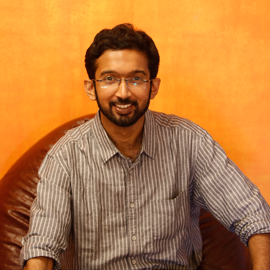
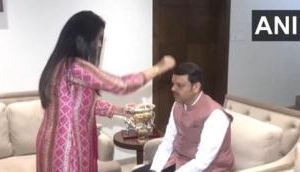

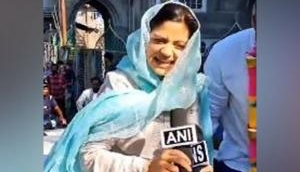
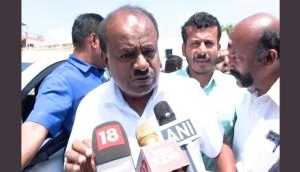
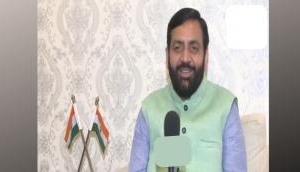
![BJP's Kapil Mishra recreates Shankar Mahadevan’s ‘Breathless’ song to highlight Delhi pollution [WATCH] BJP's Kapil Mishra recreates Shankar Mahadevan’s ‘Breathless’ song to highlight Delhi pollution [WATCH]](https://images.catchnews.com/upload/2022/11/03/kapil-mishra_240884_300x172.png)

![Anupam Kher shares pictures of his toned body on 67th birthday [MUST SEE] Anupam Kher shares pictures of his toned body on 67th birthday [MUST SEE]](https://images.catchnews.com/upload/2022/03/07/Anupam_kher_231145_300x172.jpg)




